In this article, we will consider how to distinguish Triton from a lizard. And we will also highlight their main similarities and differences.
Content
Many people love to breed lizards or newtons at home. But not everyone knows how these animals differ from each other. Each species has its own character and habits. What are the habits of the lizard, and what are Tyton?
What does the lizard and Triton look like: photo
An oblong body, an elongated tail, a head covered with scales - this is how people describe the tritons with lizards. They believe that these two types are considered reptiles. But this is completely wrong.
Triton
Triton is amphibian, which belongs to the Salamander family. An ordinary triton has a body, the length of which with a tail is a maximum of 11 cm. The ordinary triton is considered the most miniature among other species. But, and the largest type of Triton has a length of a maximum of 20 cm.
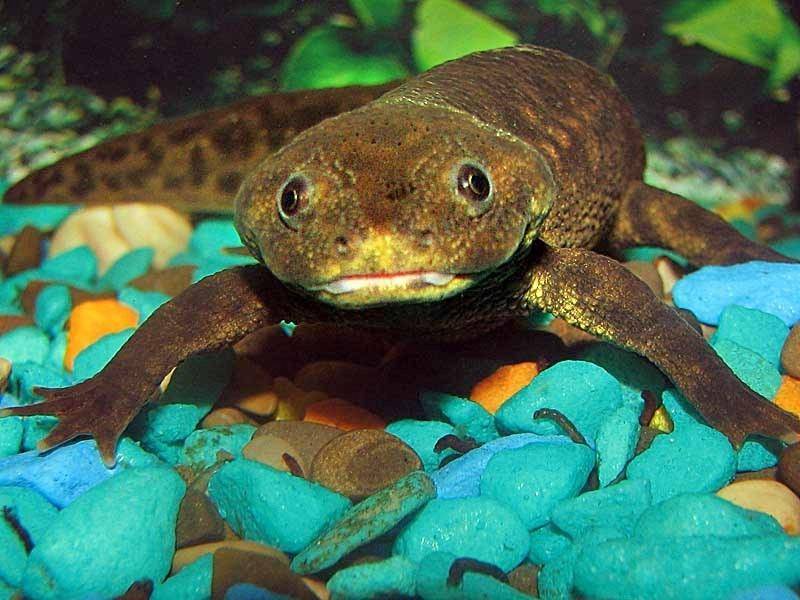
- Triton has a spindle -shaped body connecting with a flat head with a shortened neck. The body of the animal ends with a tail, which is slightly compressed on the sides and has the same length as the whole body.
- Triton has 4 limbs. They are remarkably developed, identical in length. The front limbs have 4 fingers, the rear - 5 fingers. This animal swims perfectly, briskly runs along the bottom of a pond, but on land it moves quite slowly and awkwardly.
- Tritons have a very weak vision, which is compensated by the sense of smell: many individuals find their own prey for 300 m. In the sky of Triton, conical teeth in 2 rows are located parallel. Sometimes the teeth diverge from a small angle, therefore, thanks to this structure, this species can capture and reliably hold its victim.
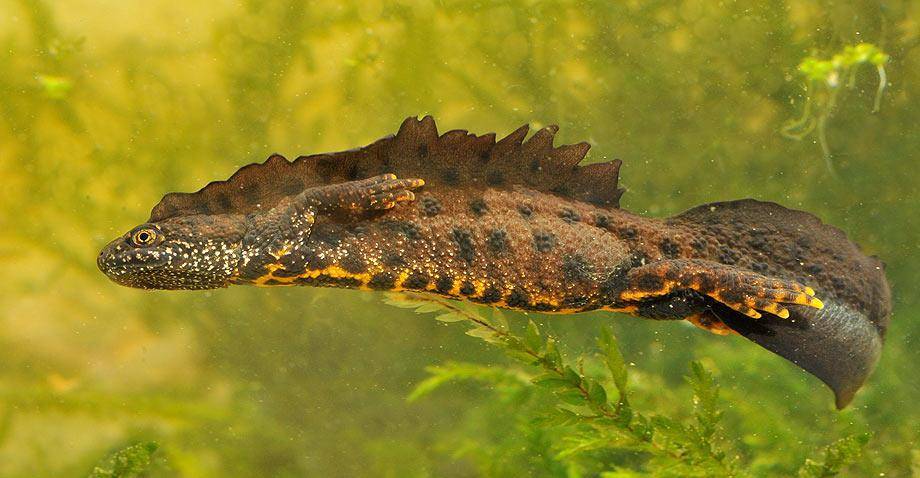
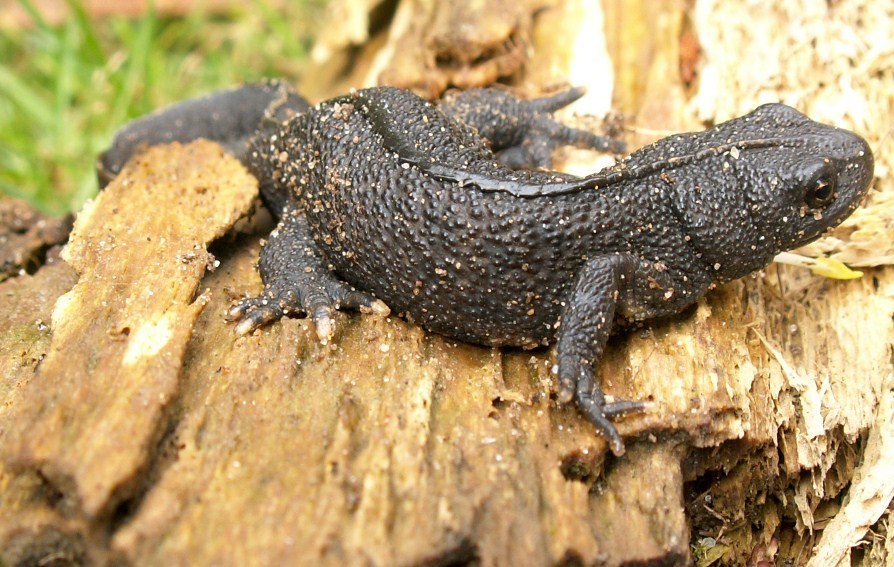
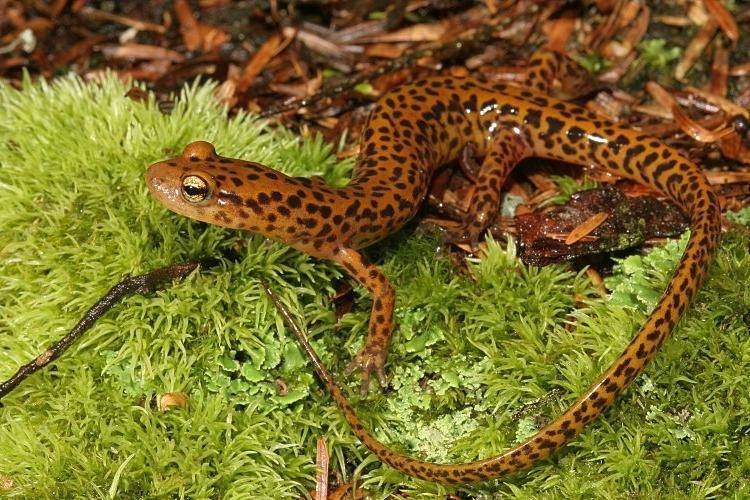
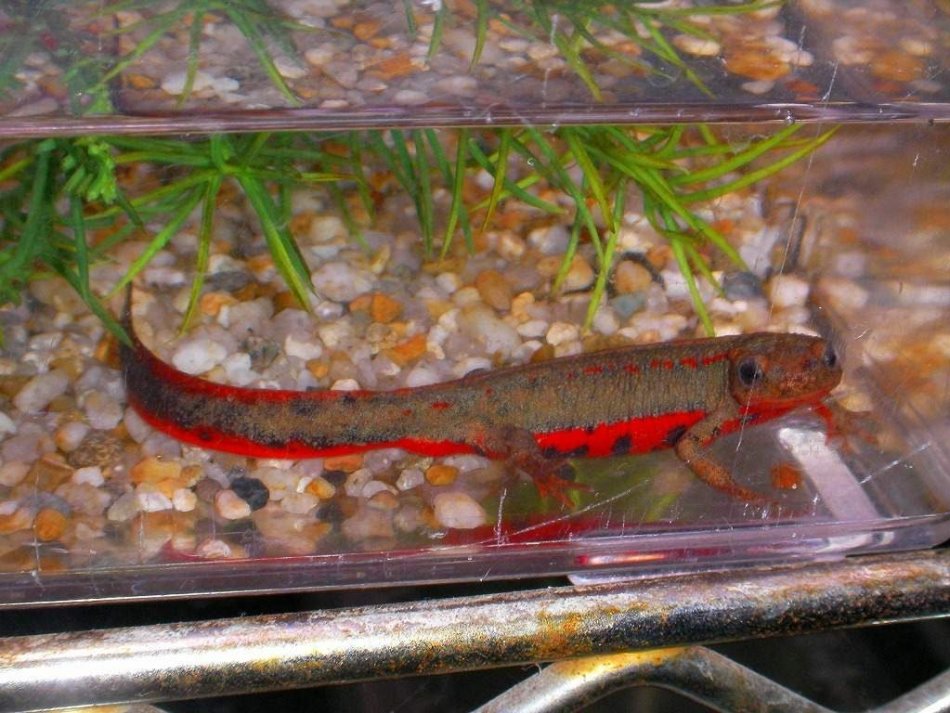
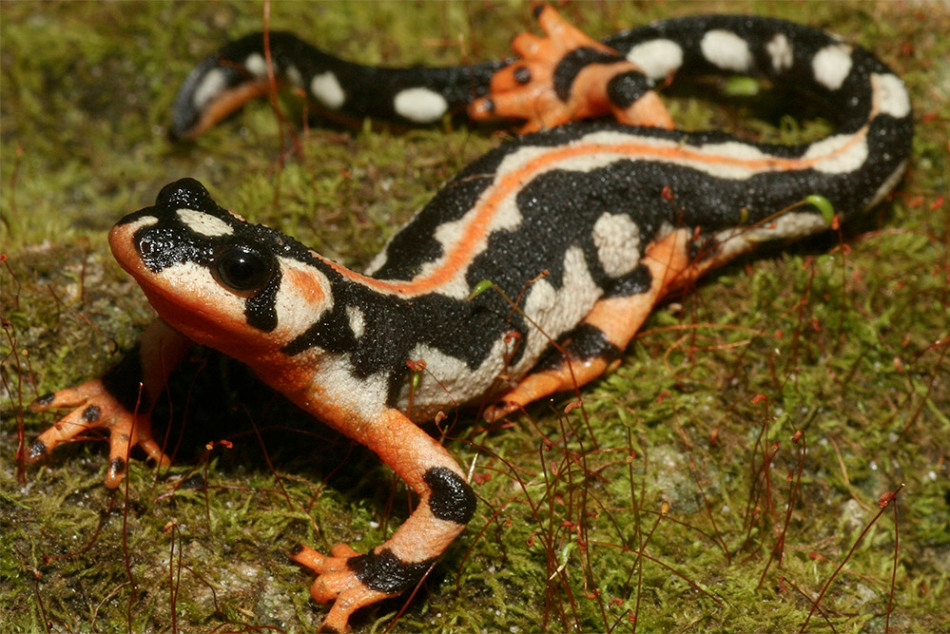
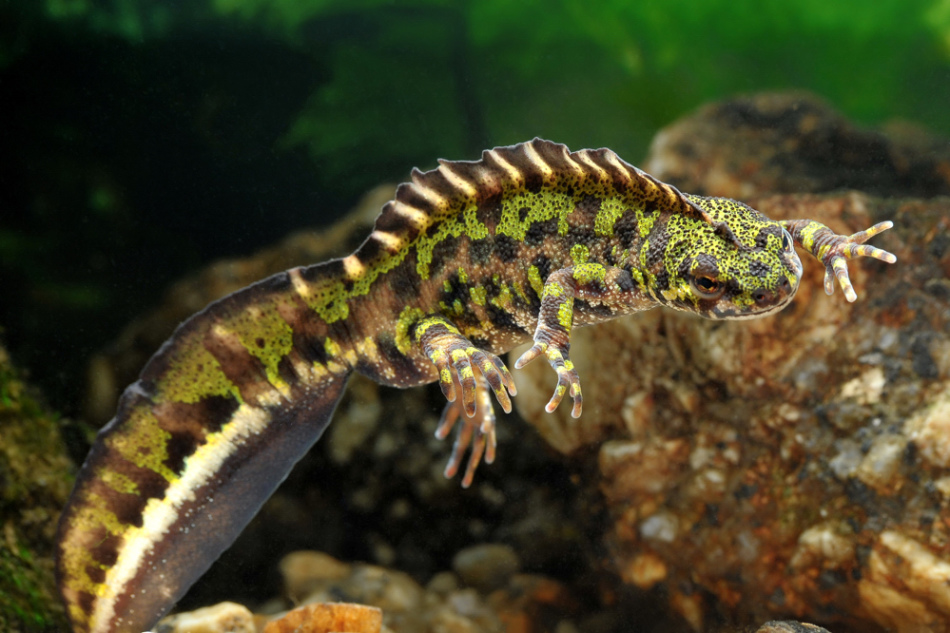
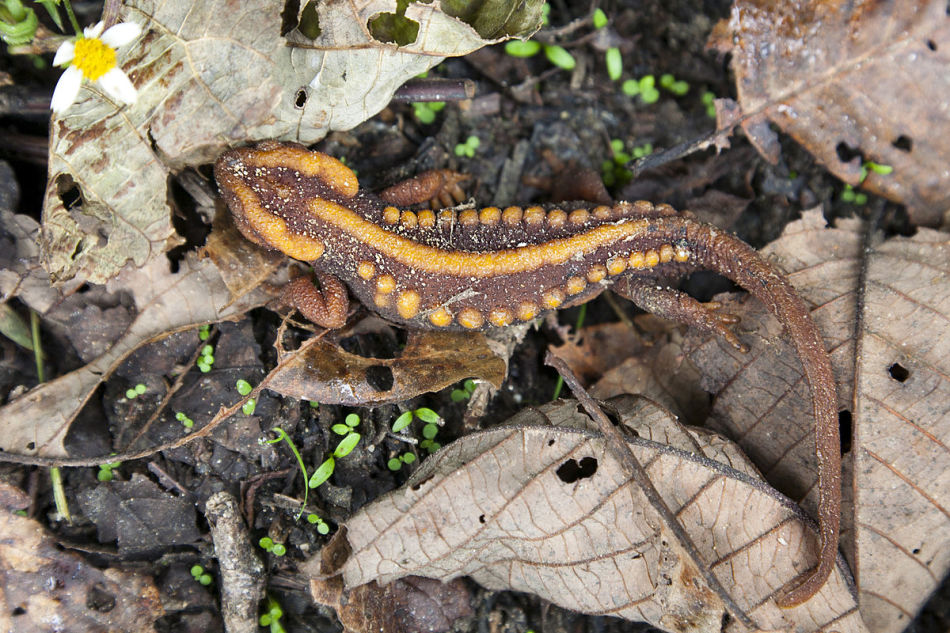
Lizard
This individual is reptile, enters the squad of scaly, in a row of lizards. She received her own name thanks to the word “lizard”, that is, “skin”.
- The lizard is a small reptile that has paws. In nature, there are a huge number of lizards, approximately 6,000 species. Individuals of this type can have different sizes, colors, characters of behavior, habitat. There are even such species that are included in the Red Book.
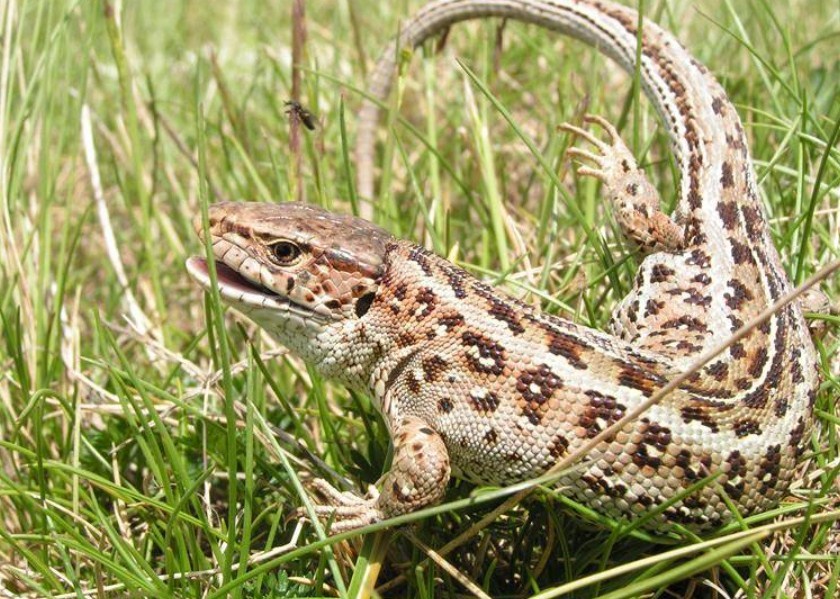
- The lizard resembles a snake, but it has mobile, separate centuries. The body of the animal is quite elastic, there is an elongated tail.

- The paws of the lizard are proportional, not very long. There are long claws on the fingers.
- The body of the lizard, as a rule, is covered with solid scales, which, after molting, tend to exfoliate several times a year.
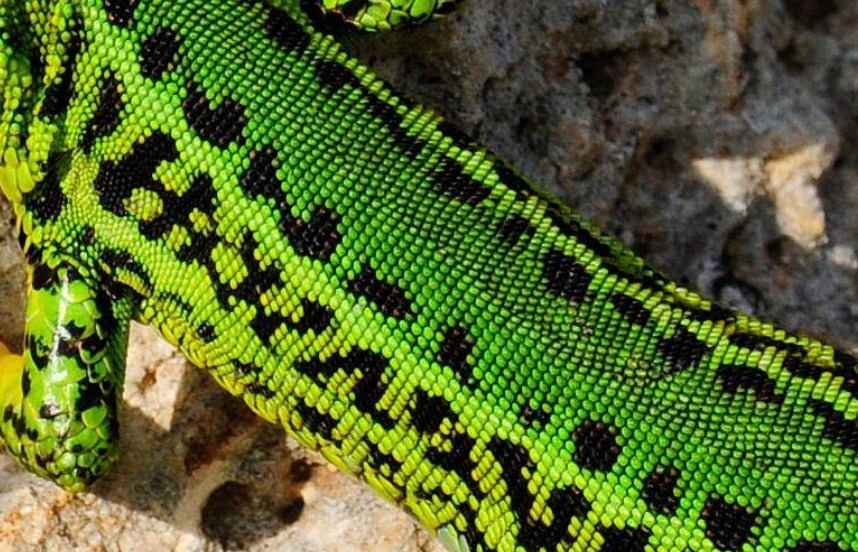



- The language of the animal can be varied in shape and color. But in all cases, the language is quite mobile, therefore, it stretches perfectly, starting from the oral cavity. Some lizards, thanks to their own language, catch a sacrifice.
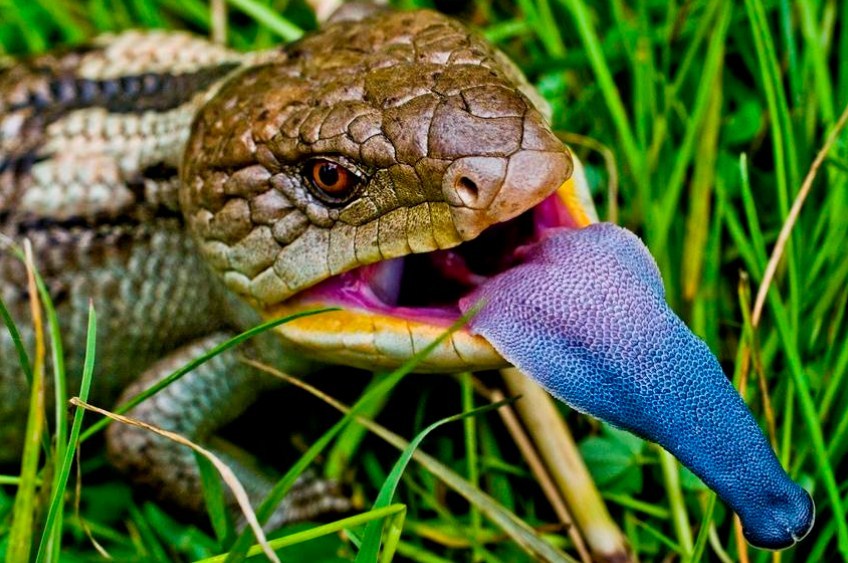
What is the similarity and difference between Triton and Lizards: Comparison
Of course, lizards with newtons have some similarities. Both the first and the latter have a flat tail, which is a little round. They are also similar: paws, body, head. Plus, both species have a diverse coloring of the skin and mobile eyelids that cover the eyes.
- Traths have lungs, lizards too. True, the former have a little less developed. And therefore, the main organ of breathing is precisely in the Tritons - this is the skin. But in lizards the epidermis does not apply to breathing at all.
Lizards with newtons are very similar to each other. But it seems only at first glance. Sometimes it is very easy to confuse a lizard with a Triton and vice versa.
Features:
- Among external distinctive indicators, it is necessary to note that animals have different skin. The lizard has scaly skin. In Triton, it is smooth, covered with mucus.
- Triton does not discard the tail, therefore, its regeneration does not occur. The lizard is able to easily and quickly discard the tail if it feels danger.
- Lizards can breathe exceptionally light. Trinons breathe at the same time with light, gly, and even a skin cover.
Lizards give preference to dry places. Tritons like water bodies more, where they regularly multiply. Scientists were able to note that lizards have a higher level of development.

In addition, these animals have a different structure of some organs:
- The lizard has a hard, ossified skull. The skull of Triton is cartilage.
- The lizards have an axial spine, which includes 5 departments. The ridge of newtons consists only of 4 departments, since there is no thoracic region of the animal.
In addition, lizards are considered live animals or they lay eggs. It all depends on the type of reptile. Tritons multiply in water, they throw caviar.
And the most distinguishing feature between these animals is that in nature there are almost 6,000 species of lizards. If you take newtons, then there are only 8 species in nature.







